10 Unusual Ingredients Chefs Are Using In 2025
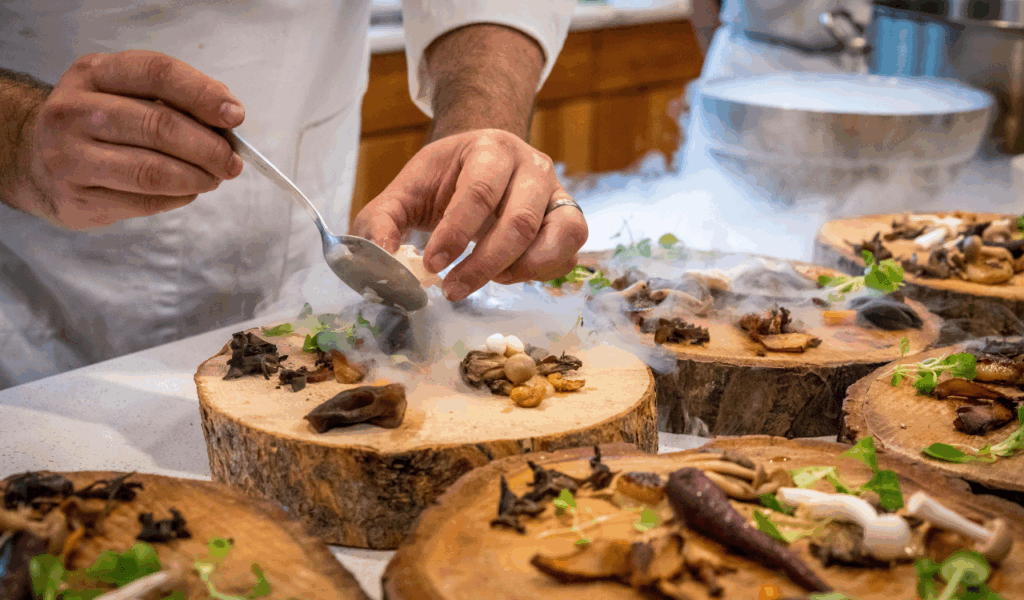
In 2025, chefs are pushing the envelope like never before in the constantly changing culinary industry. Many chefs are adopting unusual ingredients that defy convention and offer daring new flavors, motivated by sustainability, inspiration from around the world, and a desire to surprise the palate. Despite not yet being pantry staples, these ingredients are becoming more popular in professional kitchens due to their flavor, texture, and backstory. In 2025, chefs will be using these ten unconventional ingredients.
1. Koji
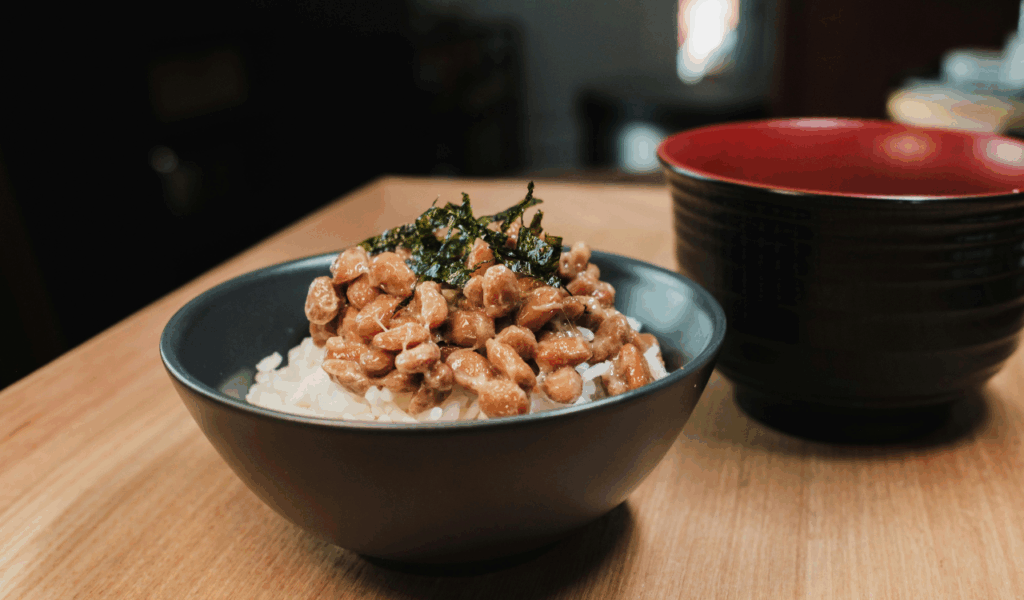
In traditional Japanese cooking, koji is a mold used to ferment rice, soybeans, and barley. By 2025, chefs are using it to tenderize meats, make marinades with umami, and even make plant-based charcuterie. Koji improves texture and enhances flavor by breaking down proteins and carbohydrates. It is revolutionary in both fine dining and experimental kitchens because of its delicate sweetness and rich savory flavor. Beyond miso and soy sauce, expect to see it in koji-butter, koji chicken, and other dishes.
2. Tiger Nuts
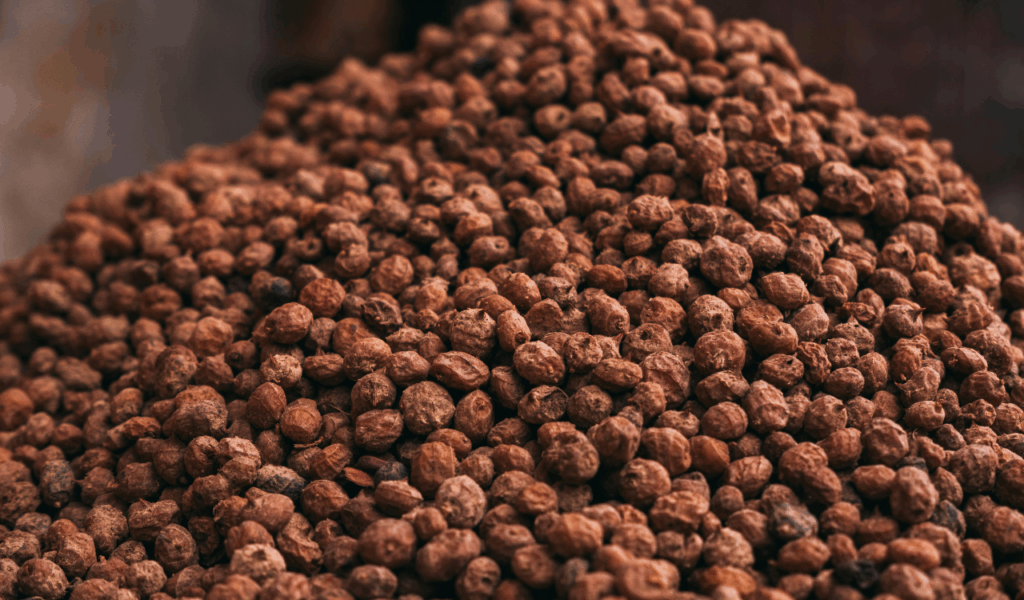
Tiger nuts are tubers from a plant that resembles grass, not nuts as their name suggests. In 2025, they are becoming more and more popular worldwide as a gluten-free flour, snack, and dairy substitute. They have been used for centuries in Africa and Spain and are naturally sweet and high in fiber. Chefs appreciate their earthy, nutty flavor and ability to be used in a variety of savory and sweet recipes. They provide texture, nutrition, and novelty in everything from tiger nut milk to protein crusts, particularly in menus that are health-conscious and sensitive to allergies.
3. Sea Grapes
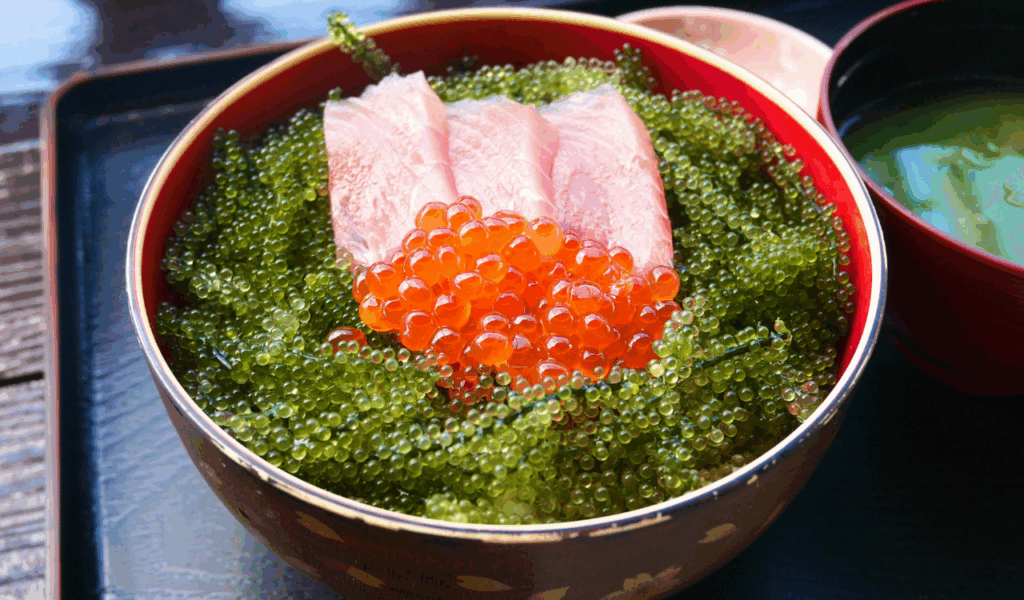
Sea grapes, sometimes referred to as Umibudo or green caviar, are a kind of edible seaweed that taste like roe. In 2025, these mineral-rich, salty-sweet bubbles will be popular as a garnish or textural element in upscale cuisine. Chefs use them in plant-based seafood substitutes, sashimi, and ceviche. They are a rising star on menus around the world because they are sustainable to harvest, attractive to look at, and add a briny crunch that is difficult to duplicate.
4. Black Garlic
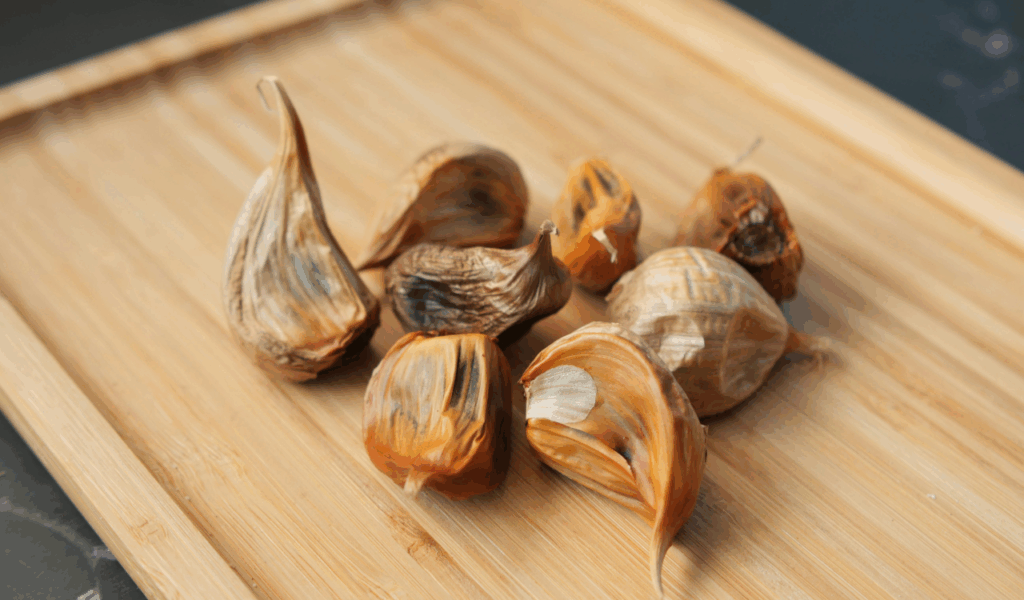
Black garlic is simply regular garlic that has been fermented until it becomes soft, sweet, and dark under carefully regulated heat and humidity. It lacks the sharp bite of raw garlic and has a rich, molasses-like flavor. In 2025, chefs will use it in dressings, glazes, aiolis, and even desserts. The ingredient goes well with grains, meat, or vegetables and instantly gives a dish complexity. It is also commended for its umami depth and antioxidant content, which make it a nutritious flavor enhancer.
5. Banana Blossoms
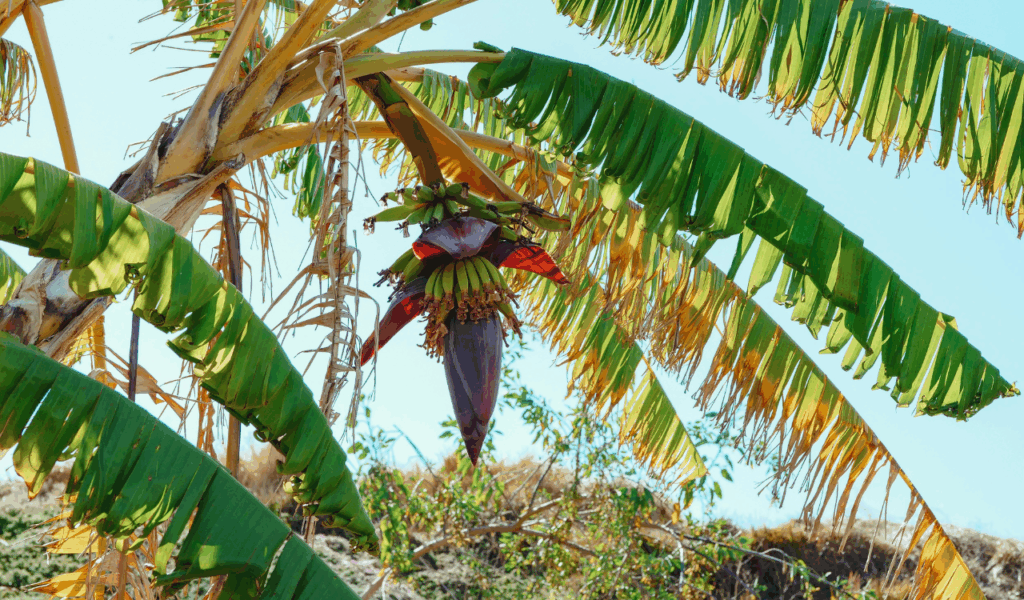
In 2025, banana blossoms—the big, purple flowers of banana trees—will be a major ingredient in vegetarian and vegan recipes. They are used as plant-based substitutes in salads, curries, and fish tacos because of their flaky, fish-like texture. They cook down to a tender, meat-like consistency and take marinades well. Their versatility, subtle flavor, and aesthetic appeal make them a favorite among chefs. For ease of preparation, they are frequently frozen or canned, increasing their availability in dining establishments.
6. Duck Eggs
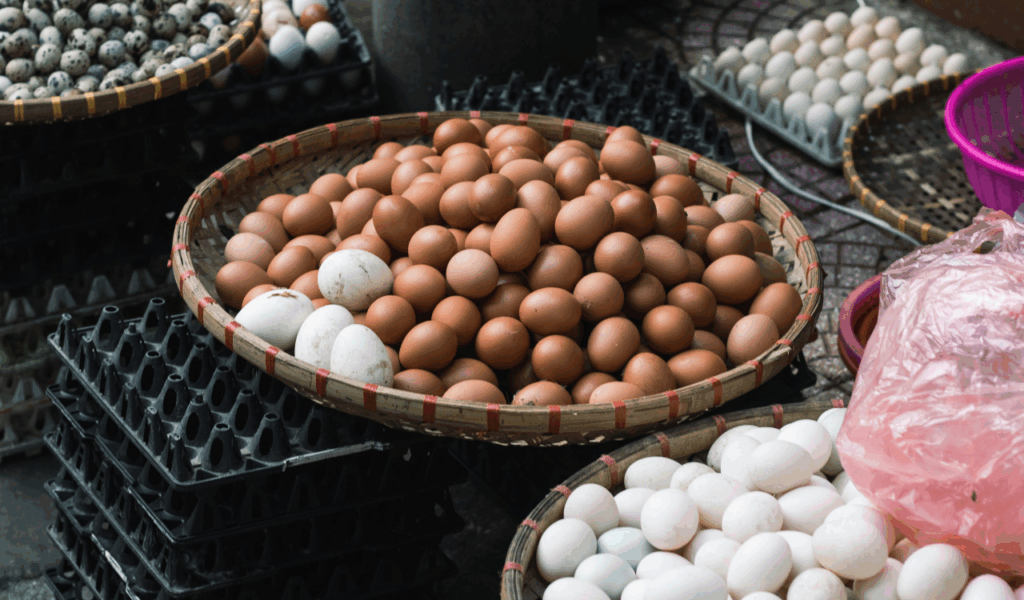
Although not completely novel, duck eggs are experiencing a significant resurgence in 2025. When cooked, they have a slightly firmer texture and richer yolks than chicken eggs. Chefs are using them for savory dishes like ramen or carbonara, as well as for baking, where their higher fat content gives cakes and pastries a richer texture. Due to their higher protein, vitamin, and mineral content, duck eggs are also well-liked for their nutritional value. Their richness and unique flavor elevate common egg dishes to a gourmet level.
7. Moringa Leaves

In 2025, moringa is being heralded as the “next kale.” The Moringa tree produces these tiny green leaves, which are nutrient-dense and full of antioxidants, calcium, and vitamin C. They are being used by chefs as a garnish, in smoothies, pestos, and soups. It has an earthy, slightly bitter flavor that goes well with garlic and citrus. Moringa is a drought-resistant crop that promotes sustainable agriculture, and its growing appeal aligns with international initiatives to put environmental and health concerns front and center on the plate.
8. Fermented Watermelon Rind
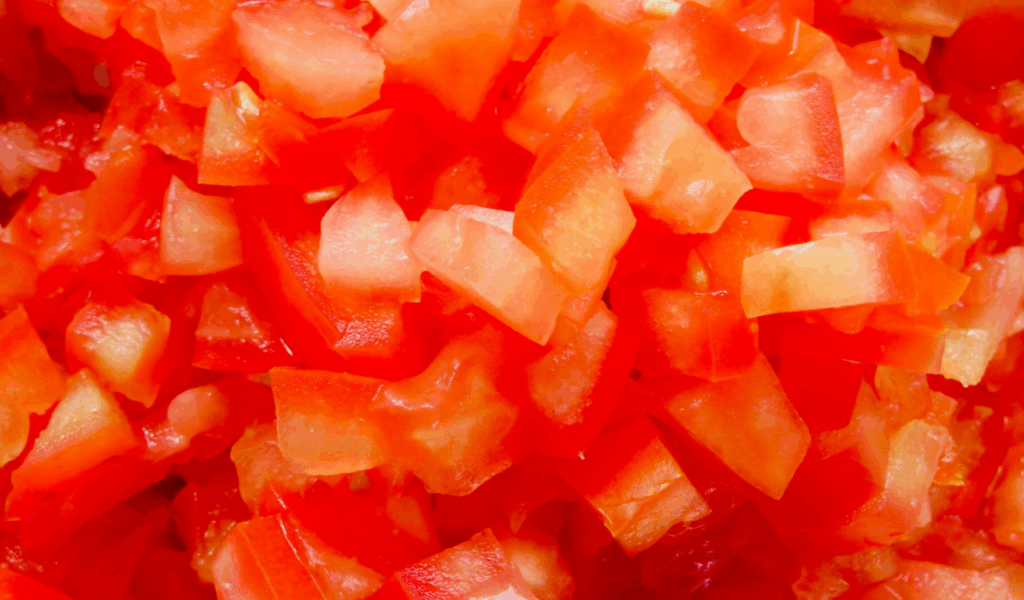
What used to end up in the compost is now becoming culinary treasure. Watermelon rinds are being fermented by chefs in 2025 to produce crunchy, tangy pickles and condiments. The procedure adds complex, sour notes reminiscent of kimchi and improves the texture. This recycled ingredient embodies the zero-waste movement and can be used in salads, sandwiches, or with grilled meats. Additionally, it’s a unique way to present well-known produce in a novel and intriguing way, and diners adore the element of surprise.
9. Yuzu Kosho
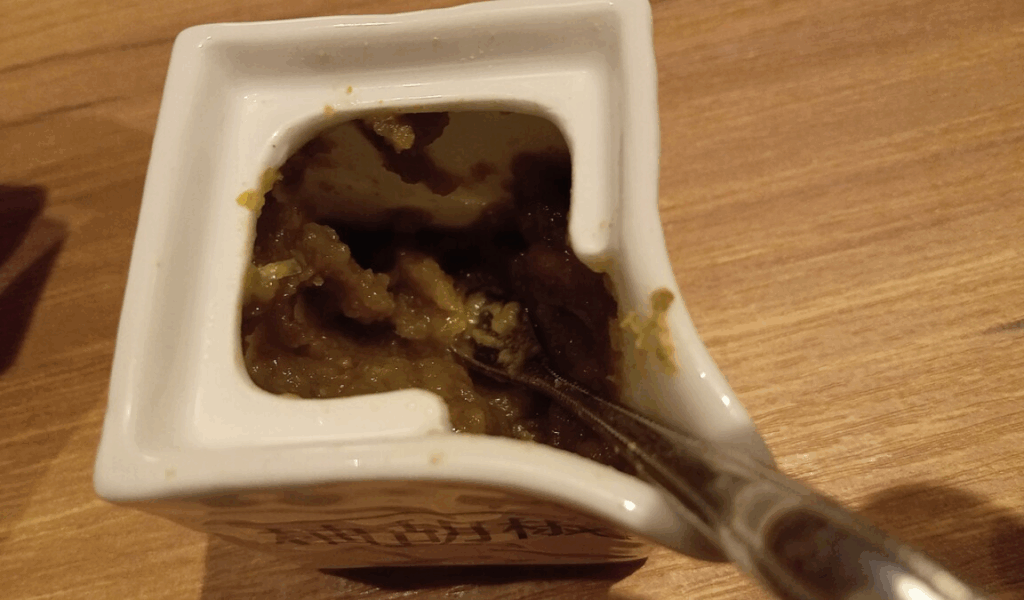
Yuzu citrus peel, salt, and fresh chilies are the ingredients of the Japanese condiment known as yuzu kosho. Because of its strong, tangy-spicy punch, it is becoming popular all over the world in 2025. It’s being used by chefs to add a final touch to grilled vegetables, noodles, and seafood. A tiny bit adds heat, brightness, and depth. It is particularly well-liked in fusion cuisine, where its nuanced taste elevates otherwise straightforward preparations. Many fine dining kitchens now carry this concentrated paste.
10. Kelp-Based Noodles
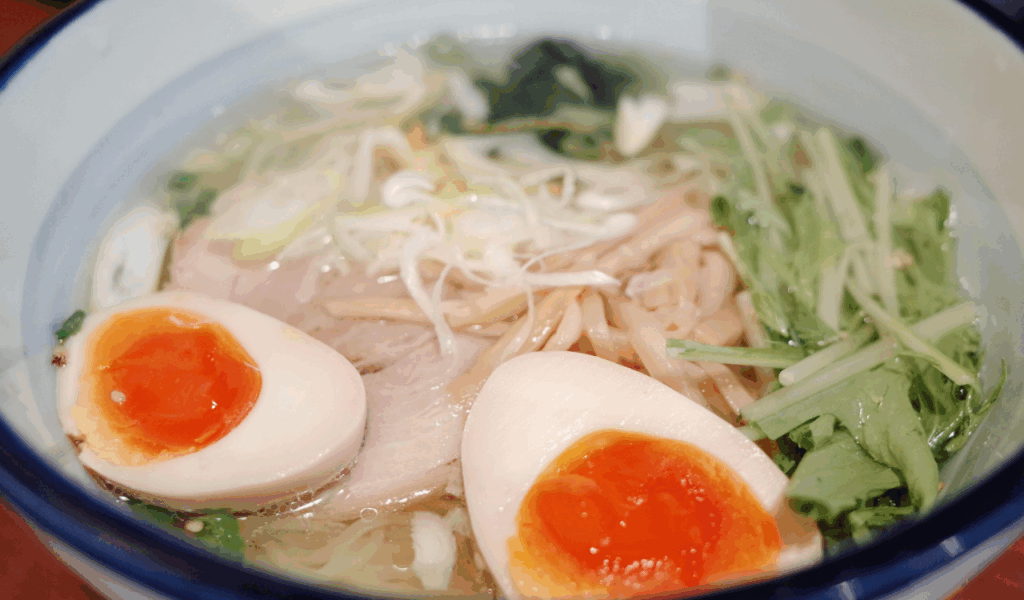
In 2025, chefs are using kelp-based noodles as a low-carb, environmentally friendly substitute for pasta because sustainability is a top priority. Seaweed is used to make these translucent noodles, which have a mild flavor, a springy texture, and little cooking time. In addition to being high in fiber and iodine, they are also gluten- and keto-friendly. They are being used by chefs in broth-based dishes, Asian-inspired bowls, and cold salads. Their ocean-fresh quality gives the contemporary dinner plate a fresh, airy touch.





